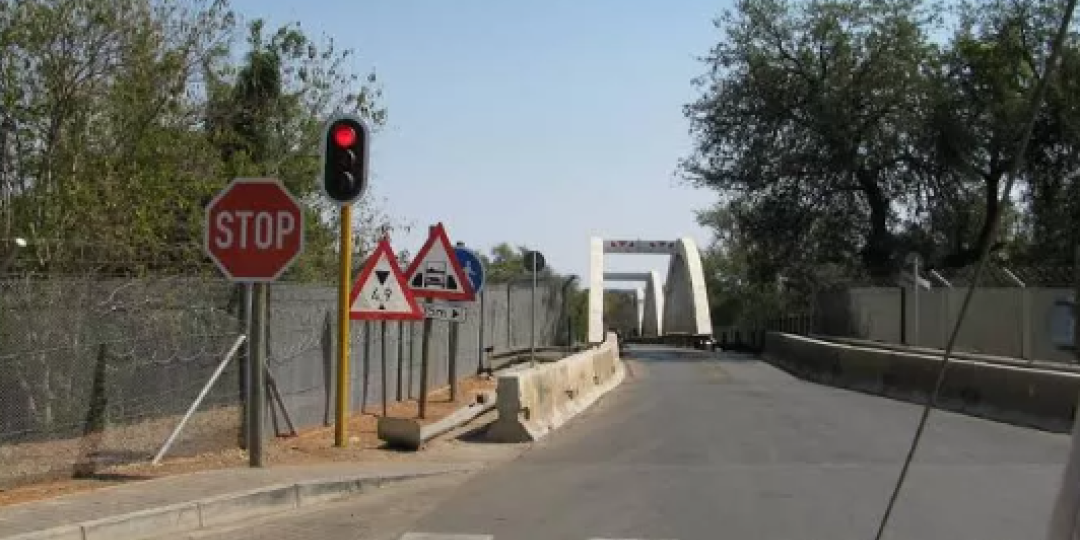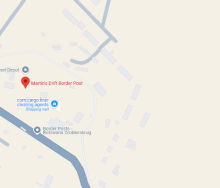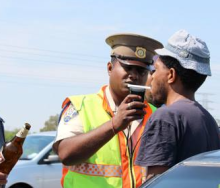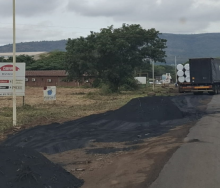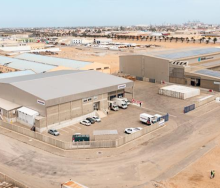Cross-border transporters are waiting up to three days to pass through South Africa’s Groblersbrug border into Botswana because of a double whammy – a new biometrics system implemented by the Border Management Authority (BMA), and ongoing barriers to entry at Beitbridge.
Mike Fitzmaurice of the Transit Assistance Bureau explained that the BMA had implemented a new system whereby the biometrics of everyone, travellers and truck drivers alike, were recorded by immigration officials.
Although it only takes about 15 minutes, the problem at Groblersbrug is there are only four immigration officers on duty during each shift.
Compounding matters are existing impediments at Beitbridge forcing long-distance hauliers serving mines in the Copperbelt to drive around Zimbabwe.
Unfortunately, Groblersbrug can’t cope with the volume of traffic.
Compared to the Kazangula Bridge across the Zambezi further north on the same route into Zambia, the Limpopo crossing is exactly the opposite of One Stop Border Post efficiency – too slow, the bridge is too narrow, and is simply not meant for escalated cross-border trade.
Not long after the Kazangula Bridge opened, Lesley Mpofu, CEO of the Trans-Kalahari Corridor, along with Fitzmaurice, warned that the cargo processing capabilities of the two borders were paradoxically out of sync.
Now, with road freight operators increasingly preferring to avoid Beitbridge, their concern is plain for all to see.
“They implemented the same system at Beitbridge about a month ago, with the difference being that Beitbridge has a larger staff complement,” Fitzmaurice said of the BMA’s biometrics development.
“At Groblersbrug, with the amount of volume passing through that border at the moment, they’re simply not in a position to cope with demand.”
Add a weekend into the mix, when civil service productivity tends to dip, and cross-border trade grinds to a halt.
According to Fitzmaurice, there was no movement over the weekend.
He said it would have helped if the BMA had had the necessary foresight to shift additional personnel to Groblersbrug to help with capturing the biometrics of people passing through.
It also doesn’t help that Beitbridge continues to constrict cargo flows into Zimbabwe.
Old problems remain – northbound drive-through scanning at the exit gate as opposed to the entry gate, fuel in-transit regulations, and various other obligations causing bottlenecks.
The latest is the rate of exchange (RoE) window, which has changed from a month to a week, whereby duties are determined and adjusted for inbound cargo.
Fitzmaurice said as a result, operators now had less time to comply with the RoE, and were often forced to stand at the border while required to make up the shortfall.
“Beitbridge has gone backwards,” he said, commenting on privatisation developments north of the border which have had a positive impact on the movement at the congestion-prone crossing.
As is often the case, the Zimbabwe Revenue Authority’s name always props up when bottlenecking at Beitbridge is discussed.
